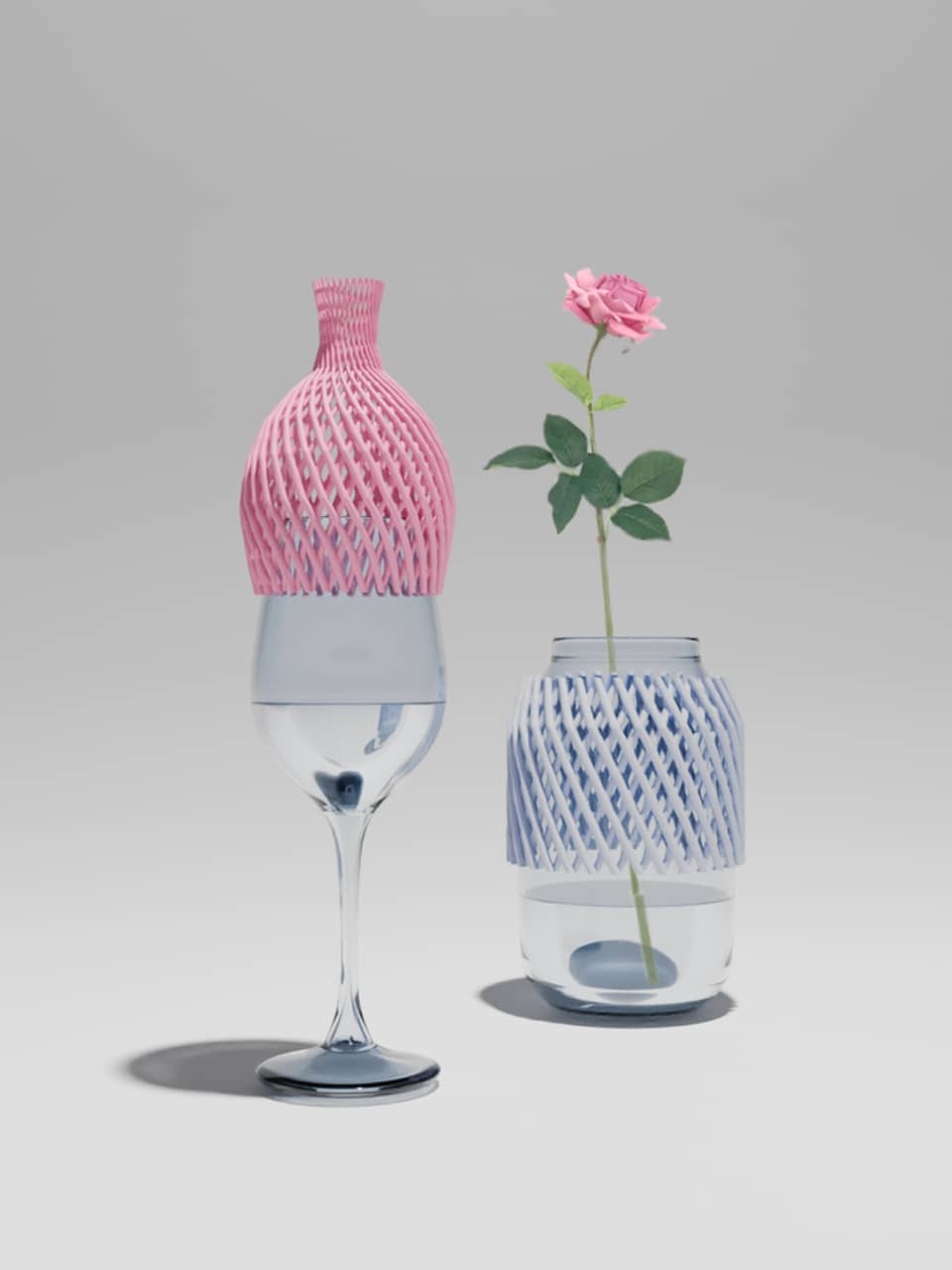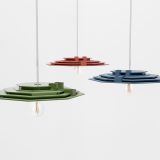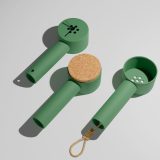Works

María Camba
May 18, 2021
Yolanda Sánchez Pérez
May 18, 2021
The project developed during iAtelier: Packaging DPO
A project that aims to redefine the Spanish ceramic tradition through new techniques, design and production processes using 3D printing technology. The combination of the skilled ceramist Marina Valls, the experience of Tiziana Chiara working with glass, together with the ability in visual representation and 3D design of Antonio Domínguez has generated the perfect team to develop this project. They have combined traditional processes such as firing pottery and glassblowing with digital printing in PLA plastic and ceramic extrusion, to obtain a product inspired by traditional ceramic pieces from Manises (Valence).
Check the video of iAtelier workshop here!
Meet the maker
Antonio Dominguez Pérez (Rio de Janeiro, 1981) has a degree in architecture and urban planning from the Gallaecia University in Vila Nova de Cerveira, northern Portugal. He trained as a graphic designer at the Aula D design school in Vigo and began working at the Villacé & Cominges architecture studio and Nuria Carballo advertising. In this study he carried out the work of artistic direction of the Galician furniture company Martínez Otero creating the brand identity and giving it personality through designers such as Arik Levy, Pearson Lloyd, Tobias Jacobsen, or Frances Rifé among others. Later he receives a scholarship to study the master’s degree “European Design Labs” (IED Madrid) taught by Jaime Hayón and Luis Úrculo and is invited to collaborate with the Vista Alegre ceramic factory in Portugal. In 2019 he expanded his training as a designer in the field of ceramics and mould reproduction at the Moncloa School of Ceramics (Madrid) under the direction of Manuel Sánchez-Algora.
Currently, under the Instagram account @spanishtouristoffice and @ visitspain1970, he develops a more personal line of work focused on the study of souvenirs from Spain as a working method to draw attention to missing heritage, cultural and architectural aspects in order to produce objects within a multidisciplinary profile.
What interested you in the iAtelier programme and did it meet with your expectations?
The experience in iAtelier has been necessary to be able to think in a freer way when it comes to proposing a craft work from a current perspective.
In cities like Madrid, it is still difficult to find spaces that combine traditional methods with other digital ones, so this experience favours that joint vision to focus the resolution of a project as a current craft without labels or barriers.
The initiative is very good for connecting artisans or designers with digital environments, although the distance between the different workshops, in our specific case, has slowed down the design process, although this in itself is also a challenge.
How will participating in iAtelier influence your future practice?
The influence of iAtelier is positive and translates into the acquisition of 3d printing equipment to favour the production of models in ceramic production through moulds as well as the future perspective of prototyping different objects based on the techniques developed during the workshop.
My 5 top tips that I have learnt on this journey:
1. Think about what you want to produce or communicate with your object. Sometimes the variety of techniques available makes you lose track of where you want to go.
2. Decide if you are going to use 3d printing, for example, as a result or as a means to an end (handmade).
3. Start with simple steps to verify the feasibility of the project.
4. Undertake quickly tests with different methods to decide.
5. Work regularly to develop the project.









